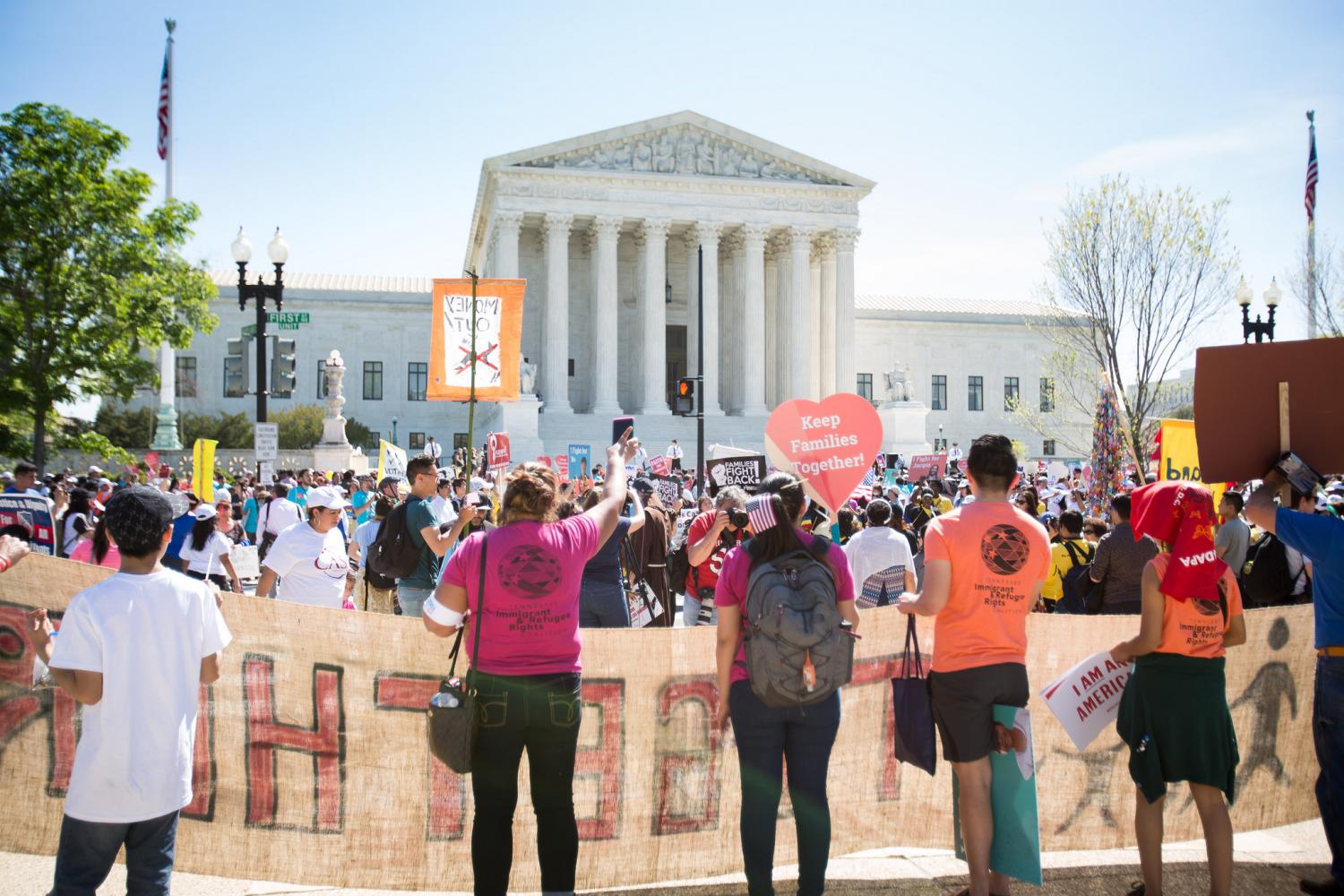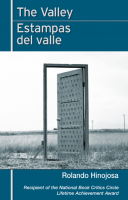With deportation relief at stake, South’s Latinos could swing presidential race

*Fear in politics cuts both ways. The next president will nominate a ninth justice of the Supreme Court, determine the future of deferred action programs and deportation raids, and have the pressure of pushing immigration reform. Few issues in today’s politics generate the type of visceral reaction that immigration does. VL
 By Allie Yee, Facing South
By Allie Yee, Facing South
Last week, the U.S. Supreme Court announced a 4-4 tie in the case challenging President Obama’s 2014 immigration programs. The Deferred Action for Parents of Americans (DAPA) and expanded Deferred Action for Childhood Arrivals (DACA) programs could have provided deportation relief to an estimated 1.2 million undocumented immigrants in the South.
The court’s deadlock left in place a lower court decision to halt the programs. It also raised the stakes in this year’s election, where a growing Southern Latino electorate galvanized by recent events could prove a decisive vote in closely contested races.
Read more NewsTaco stories ojn Facebook. >>
The next president will play a key role in determining the future of the deferred action programs and other measures affecting undocumented immigrants. He or she will be responsible for nominating a ninth Supreme Court justice, who could be the decisive tie-breaking vote if the lawsuit returns to the Supreme Court. The next president will also have discretion over deportation relief programs . . . READ MORE
[Photo by Bread for the World/Flickr]
Suggested reading


